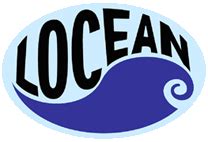
The laboratory LOCEAN of Sorbonne University was responsible for the first European deployments of AUV gliders, and soon after created the European Gliding Observatory – an international collaborative network of glider deployments and intelligent piloting tools. The FP7 GROOM project, coordinated by LOCEAN, then developed a new European Research Infrastructure that uses underwater gliders for collecting oceanographic data. Researchers at LOCEAN coordinated the successful EU H2020 project BRIDGES to develop two new deepsea glider prototypes with more sophisticated payloads to enable deep-sea exploration and monitoring capabilities for both research and industry. LOCEAN is actively involved in using autonomous technology such as gliders to unlock and improve environmental research in the polar regions, in particular using gliders in the Arctic. LOCEAN has also recently completed a CITEPH-31-2017 project sponsored by Total to localize the source of natural hydrocarbon seeps using an AUV glider.
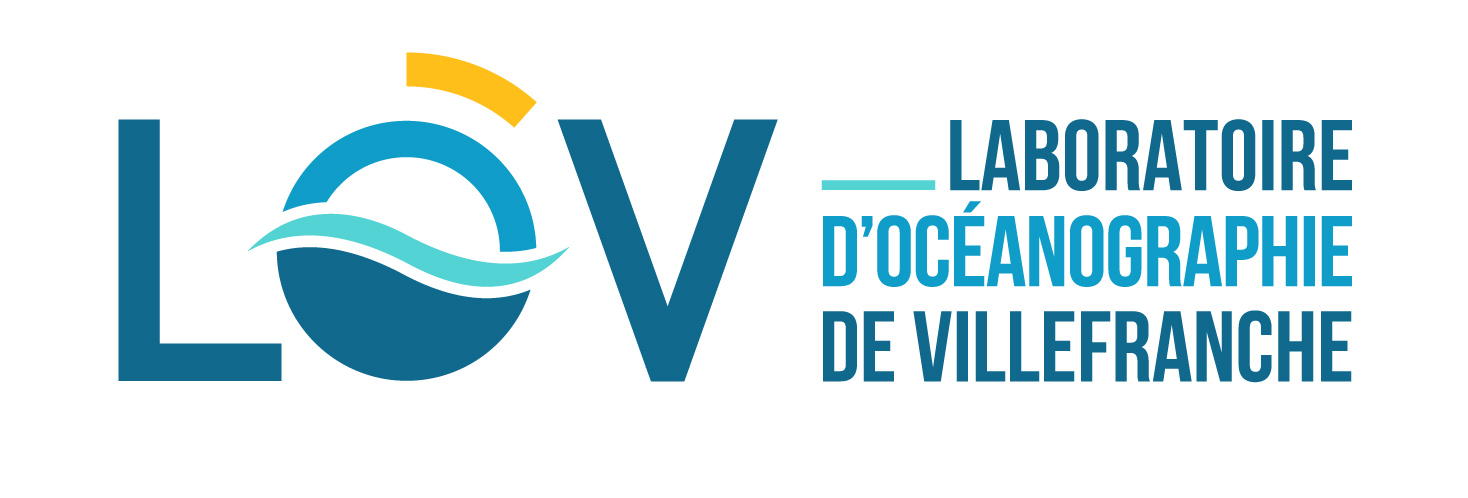

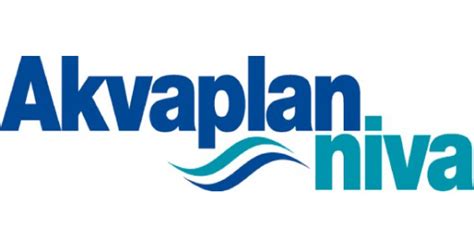
Akvaplan-niva is an independent private research institute with a strong focus on environmental research and management. Key research topics are understanding the structure and function of aquatic ecosystems, particularly in the Arctic, and the inter-connected responses to pressures such as human impacts (ie Oil and Gas industry) and climate change. Akvaplan-niva has long-term specialist competence on aquatic invertebrates and community structure as an indicator of environmental conditions. Ecosystem-scale studies combine expertise on the individual components and modelling tools allow assessment of various scenarios. Akvaplan-niva offers consultancy services and applied research to a wide range of industries, including energy generation, aquaculture, municipalities and environmental regulatory authorities. The company has an accredited biological laboratory equipped for large-scale sample processing and taxonomy, with a typical annual turnover of almost 2500 samples. Akvaplan-niva owns and operates a number of innovative remotely-controlled glider vehicles for recording oceanographic data (fig. 5) as well as drone technology that participate in the digital transformation of the field of marine research and the use of green technology. Akvaplan-niva currently has over 130 employees, many of whom have additional positions at universities in Norway and abroad and contribute to educational programs as well as in the supervision of young scientists.
Lionel Camus has 22 year of expertise working in the Arctic in ecosystem studies, pollution impact and for the last 4 years has been coordinating research activities utilizing gliders and digital management platform. Camus works in tight collaboration with the O&G industry to provide ecosystem data that are needed for licence to operate.
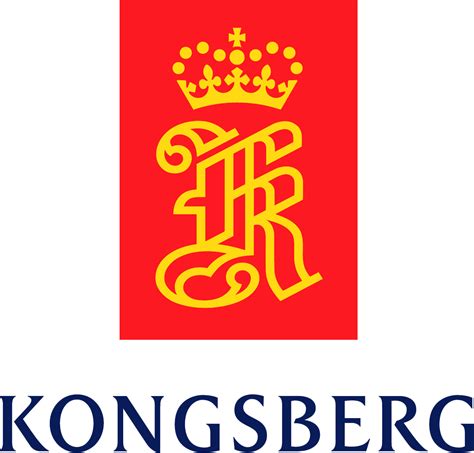
Kongsberg Maritime (KM) is a wholly owned subsidiary of Kongsberg Gruppen (KONGSBERG). KM is a global marine technology company providing innovative and reliable technology solutions for all marine industry sectors including merchant, offshore, subsea and naval. KM employs 7275 people in 117 offices in 34 countries (31.09.2019). KM is a world leader in equipment for ocean science. Single and multibeam echo sounders and sonars are used on research vessels all around the world and KM’s Simrad EK80 echo sounders are the de facto standard for fish stock assessment and ecosystem monitoring. Over the years the echosounders have been improved through collaboration with the scientific sector through innovations such as split beam functionality, multi frequency operation, wideband capability and hardware miniaturization. Status today a large versatility of the sensor could be achieved enabling the operation from a large number of unmanned surface or autonomous underwater vehicles.
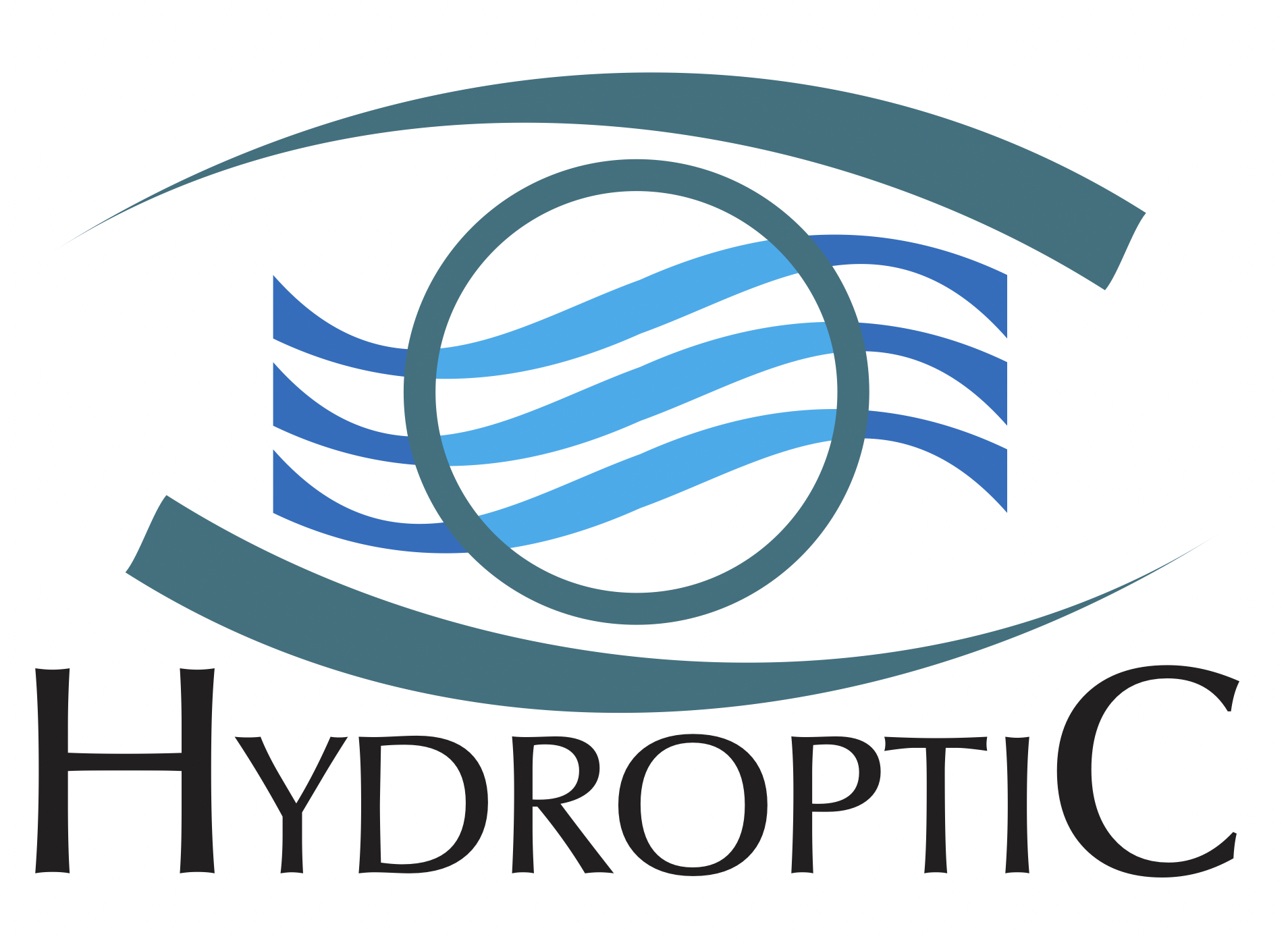
HYDROPTIC manufactures and distributes the ZooSCAN, Underwater Video Profiler (UVP) and Nemo systems world-wide. These systems are designed and fabricated to the highest technical standards specifically for the collection, identification and enumeration of zooplankton and microscopic sediment particles in both fresh and salt waters. HYDROPTIC works closely with CNRS/SU-LOV, to develop, manufacture and distribute these systems and other ancillary equipment and software to support these systems and provides training and support for their application. HYDROPTIC’s clients include Universities and Research Organisations carrying out scientific investigations in the oceans and waters of all 5 continents. During the H2020 BRIDGES, HYDROPTIC started the manufacturing and commercialization of the miniaturized UVP6-LP developed by SU-LOV (fig. 4).
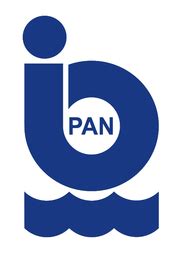
The Institute of Oceanology Polish Academy of Sciences, an independent research institute established in 1953, is one of the largest Polish institutions involved in marine research. The Institute’s mission is to generate knowledge to support sustainable use of the marine environment through innovative and high level scientific and technological research. IOPAN is divided into five departments (Physical Oceanography, Marine Physics, Marine Ecology, Marine Chemistry and Biochemistry, Genetics and Marine Biotechnology) that include 16 specialized laboratories. Most of IOPAN research is focused on the Baltic Sea and the European Arctic Seas. IOPAN has a permanent staff of 180 and runs graduate studies for about 40 PhD students. Since 2002 IOPAS holds the EU Status of Center of Excellence in Shelf Sea Studies, and since 2014 the status of the Leading National Research Centre with the Centre of Polar Studies. IOPAN operates its own research vessel, RV Oceania, and publishes Oceanologia, a peer-reviewed journal with a worldwide distribution. Since 1986 IOPAN has carried on the long-term interdisciplinary program AREX, focused on the ocean climate and ecosystem changes in the Nordic Seas and Arctic Ocean and based on the annually repeated field campaigns of RV Oceania (June to August). In the last two decades, IOPAN participated in numerous national and international projects, including several large international projects in the Arctic (VEINS, ASOF-N and DAMOCLES). IOPAN has coordinated 11 EEA grants, and was/is a lead partner in several other EC funded projects (SatBaltyk, Common Sense, H2020 AtlantOS, H2020 E-ARISE) including those dedicated to infrastructure (EuroFLEETS-1 and -2, H2020 ARICE) and a cluster of several projects under the Polish-Norwegian Research Program. Currently IOPAN is a lead partner, responsible for coordination of in situ observations in the H2020 project INTAROS focused on the integrated Arctic observing system.
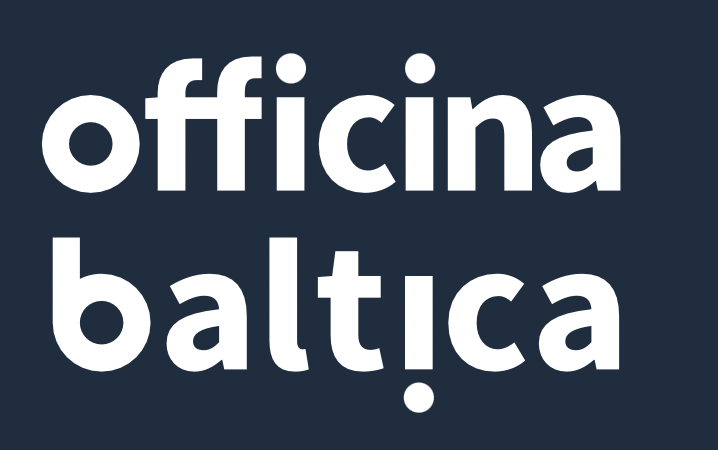
Officina Baltica was established as a response to the scientific market demand for advanced technologies in biotechnology and oceanography. OB creates research equipment and solutions for science and scientists which are “tailor-made”. OB engineers are practitioners with a large scientific background and all have great experience in working at sea. In a short period of time, our start-up company have gained regular customers who are satisfied with the quality of our work and proposed solutions.
We develop various solutions for hydrography, offshore services and science such as loggers, samplers and dedicated software. We combine R&D with rapid prototyping, high quality demands and low quantity orders of innovative and advanced products. Most recent service was to create an automatic measuring system for monitoring sea water parameters installed on the Stena Line ferry for the Polish Institute of Meteorology and Water Management. Our various services also include the development of a methodology for the analysis of living organisms in ballast waters for the Remontowa Shiprepair Yard in accordance with the requirements of IMO Ballast Water Management convention (Regulation D2).
Officina Baltica provides service of hydrographic equipment such as ADCPs, MBESs, and offshore buoys (e.g. in the central Baltic Sea). While being experts in the field of integration of scientific equipment, we offer the most suitable solutions by combining diverse systems from different manufacturers (environmental sensors and hydrographic equipment) in autonomous systems. Officina Baltica widely co-operate with companies and science institutions, including among others University of Gdańsk, IOPAN, National Marine Fisheries Research Institute, Polish Institute of Meteorology and Water Management and Remontowa Shiprepair Yard.

Cyprus Subsea Consulting and Services (CSCS), Cyprus
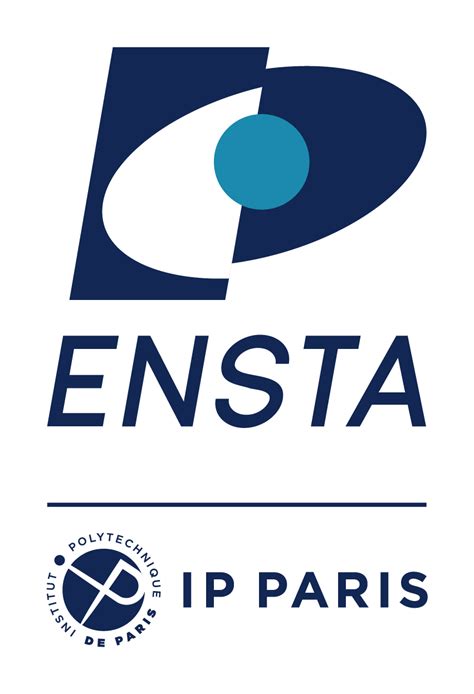
ENSTA is the oldest french engineering school and teaches naval engineering since it creation in 1741. In 2019, it was a founding member of IPP (Institut Polytechnique Paris), gathering the top french engineering schools. The “Computer Science and System Engineering Department” (U2IS) from ENSTA is involved in the project and already participated to the H2020 BRIDGES project. U2IS focuses on the engineering of complex systems and comprises ENSTA research activities in the fields of computer science, robotics and computer vision, embedded systems, underwater engineering and signal and image processing. U2IS emphasis is on applying machine learning and signal processing to real-world applications, such as assistive and service robotics, intelligent vehicles, defence and security. During BRIDGES, U2IS developed AI approaches for the in-situ identification of objects from the miniaturized UVP6 and acoustic data transmission algorithms
to improve the speed tranfert in difficult contexts such as the doubly-selective underwater acoustic channel, or the energy-constrained Internet of Things (IoT) / Sensor case.